 Blog's Page
Blog's Page
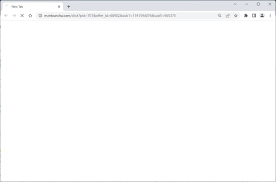
Yes, That's Correct. Constant Redirection To Mbuncha.com Or Any Other Unfamiliar Website Is Often A Sign Of Malware Or A potentially Unwanted Program (PUP) Installed On Your Device. To Address This Issue, Here Are Some Steps You Can Take:
Scan For Malware: Use Reputable Antivirus Or Antimalware Software To Scan Your System For Any malicious Programs. Make Sure The Software Is Up-to-date Before Running A Scan.
Remove Suspicious Browser Extensions: Go Through Your Browser's Extension Or Add-on List And Remove Any Extensions That You Didn't Intentionally Install Or That Seem Suspicious.
Reset Browser Settings: Reset Your Browser Settings To Their Default State. This Can Help Remove Any Unwanted Changes Made By Malicious Extensions Or Software.
Clear Browser Cache And Cookies: Clearing Your Browser's Cache And Cookies Can Sometimes Help Remove Any Tracking Mechanisms Or Redirects Set Up By Malicious Websites.
Check Installed Programs: Review The List Of Installed Programs On Your Device And Uninstall Any Unfamiliar Or Suspicious Programs.
Update Your Browser And Operating System: Ensure That Your Browser And Operating System Are Up-to-date With The Latest Security Patches And Updates. This Can Help Prevent Vulnerabilities That Malware Might Exploit.
Use A Different Browser: If The Issue Persists, Try Using A Different Browser To See If The Problem Is Specific To One Browser.
Consider Professional Help: If You're Unable To Resolve The Issue On Your Own, Consider Seeking Help From A Professional Or Contacting The Support Forums For Your Antivirus Software.
By Taking These Steps, You Can Help Mitigate The Issue Of Being Constantly Redirected To Mbuncha.com Or Similar Unwanted Websites.
Mbuncha.com Operates As A Platform That Forcefully Redirects Browsers To A Variety Of Undesirable Content, Including Ads Promoting Unwanted Browser Extensions, Surveys, Adult Websites, Online Gaming Portals, Counterfeit Software Updates, And Unwanted Programs.
You May Encounter Mbuncha.com Through Various Means Such As Website Redirects, Push Notifications, Or Via Malware That Hijacks Your Browser, Leading To The Site Opening Without Your Authorization.
The Advertisements Displayed On Mbuncha.com Are Persistent And Frequent, Gradually Becoming Intrusive And Posing Potential Harm To Your Computer, Especially If Inadvertently Downloading Malicious Programs.
If Your Browser Redirects You To Mbuncha.com, Several Factors Could Be At Play, Including Malware On Your Device, Push Notifications From Malicious Sources, Or Redirection From Other Visited Websites.
Less Reputable Websites May Feature Malicious Ads Aiming To Redirect Your Browser To Mbuncha.com, Primarily To Generate Advertising Revenue. Should This Occur, It's Advisable To Close The Page And Consider Installing An Ad Blocker Like AdGuard To Prevent Such Ads From Appearing. Persistent Pop-ups From Mbuncha.com Might Indicate Adware On Your Device, Warranting A Thorough Scan To Remove It.
Here Are Some Common Indicators Of A Malicious Program On Your Computer Or Phone:
If Your Device Redirects You To Mbuncha.com Inexplicably, It's Likely Due To malware Presence, Prompting The Need For A Comprehensive Scan To Identify And Remove Any Malicious Software.
Removing Malware From A Windows Computer Involves A Combination Of Using Antivirus Or Anti-malware Tools, Performing System Scans, And Taking Manual Actions To Eliminate The Malicious Software. Here's A Step-by-step Guide:
Ctrl + Shift + Esc To Open Task Manager.Win + R To Open The Run Dialog, Type cleanmgr, And Press Enter.Remember To Maintain Good Security Practices, Such As Keeping Your Operating System And Software Up-to-date, Using A Reputable Antivirus Program, And Being Cautious When Clicking On Links Or Downloading Files From The Internet. Regularly Backing Up Your Important Data Is Also Crucial To Mitigate The Impact Of Potential Infections.
If You Have Malwarebytes Installed On Your Computer And It Has Detected Malware, Follow These Steps To Remove The Malware:
Open Malwarebytes:
Update Malwarebytes:
Run A Threat Scan:
Review Scan Results:
Quarantine Or Remove Threats:
Reboot Your Computer:
Check For Persistence:
Monitor For Issues:
Clear Browser Data:
Reset Browser Settings:
Review Installed Programs:
Change Passwords:
Update Operating System:



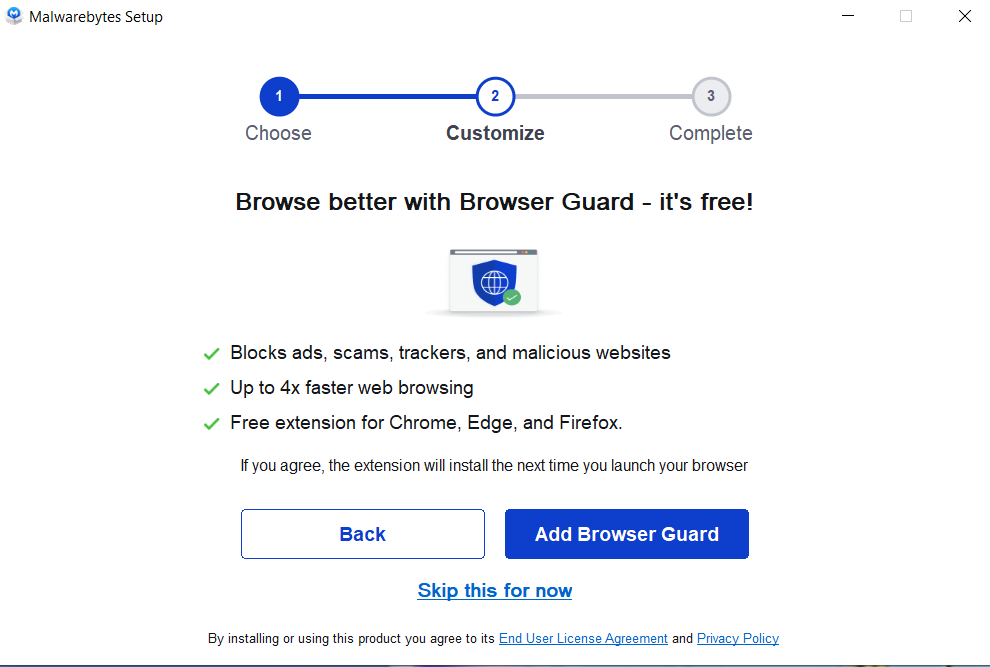
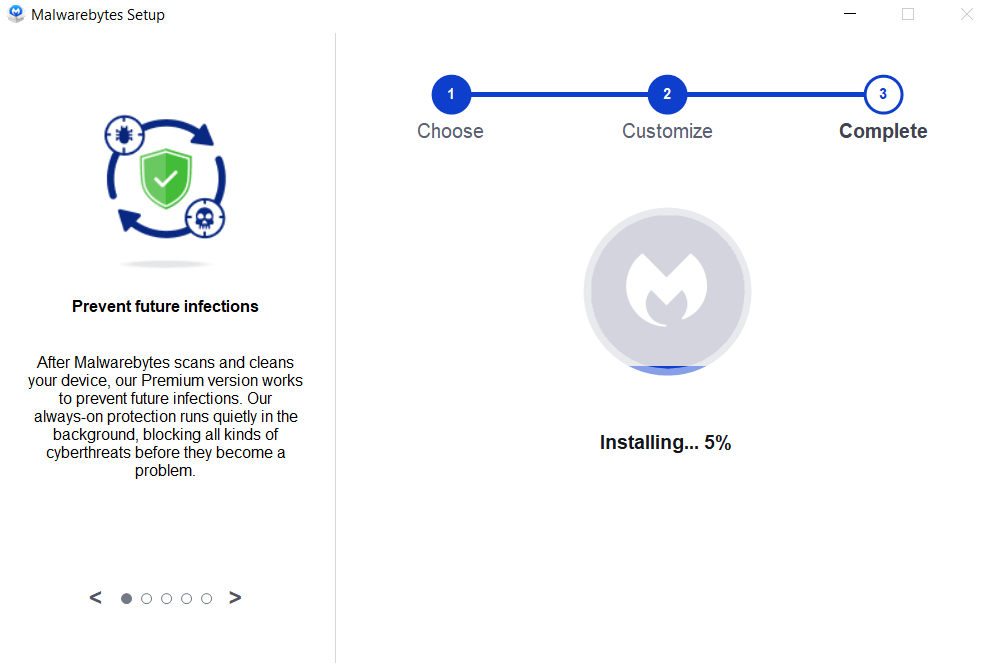
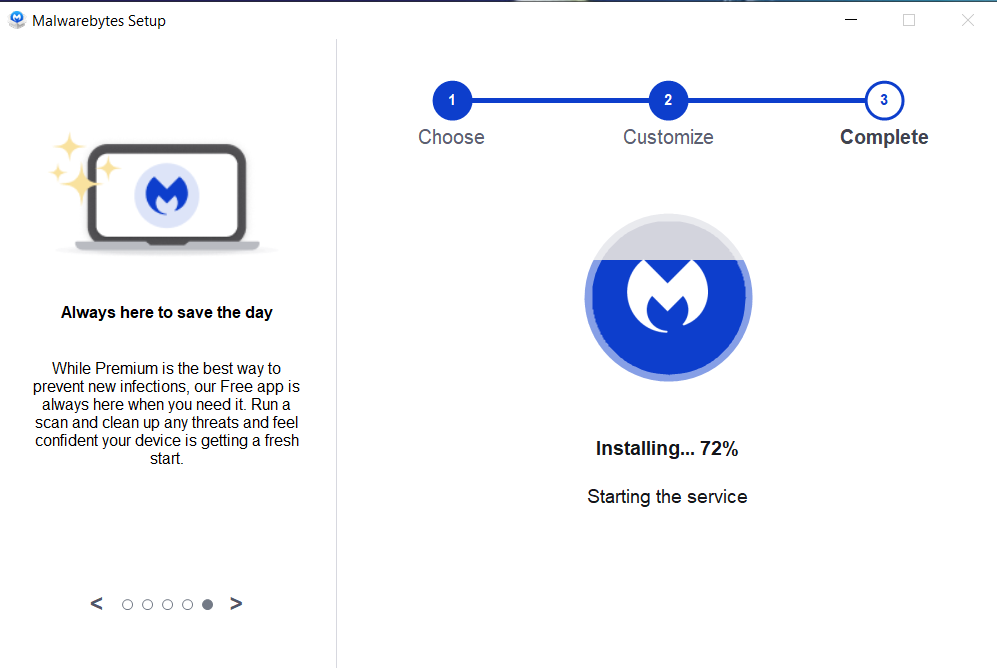
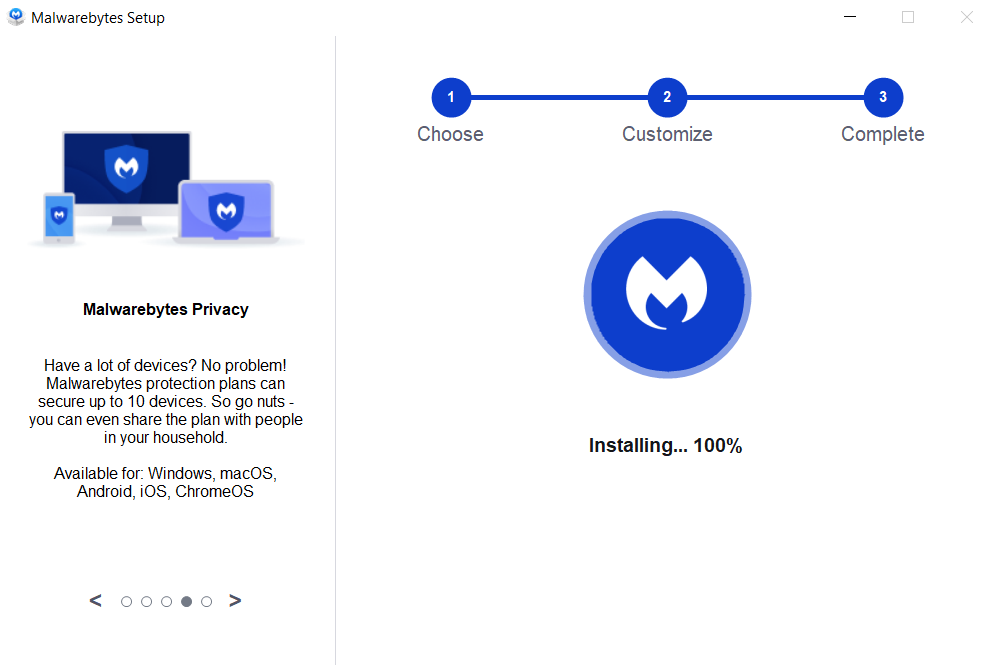

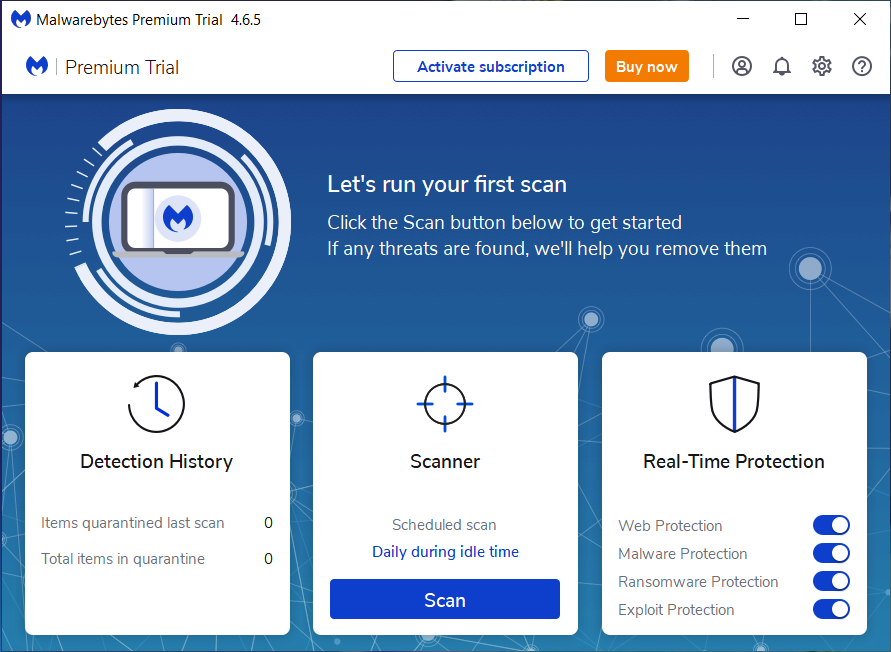
If The Malware Persists Or If You Encounter Difficulties During The Removal Process, You May Want To Seek Assistance From The Malwarebytes Support Community Or Consider Running Additional Scans Using Other Reputable Antivirus Or Anti-malware Tools. Remember To Keep Your Security Software Updated And Practice Safe Computing Habits To Minimize The Risk Of Future Infections.
Malwarebytes Is A Leading Cybersecurity Solution Dedicated To Protecting Users From The Ever-evolving Landscape Of Digital Threats. With A Proven Track Record In Malware Detection And Removal, Malwarebytes Offers Cutting-edge Technology To Safeguard Computers And Devices Against Viruses, Ransomware, And Other Malicious Software.
Boasting A User-friendly Interface, Malwarebytes Provides A Seamless Experience For Both Novice And Advanced Users. Its Real-time Protection Capabilities, Coupled With Powerful Scanning Algorithms, Ensure That Users Are Shielded From The Latest Cybersecurity Threats. Malwarebytes Continually Updates Its Extensive Malware Database, Enabling Users To Stay Ahead Of Emerging Risks And Vulnerabilities.
Beyond malware Detection, Malwarebytes Offers Additional Features Such As Web Protection And Anti-exploit Technology, Fortifying Defenses Against Malicious Websites And Zero-day Exploits. The Software's Lightweight Footprint Ensures Minimal Impact On System Performance, Delivering Robust Security Without Compromising Speed.
Whether Used As A Standalone Solution Or In Conjunction With Other Cybersecurity Tools, Malwarebytes Remains A Trusted Ally In The Battle Against Cyber Threats. As A Proactive And Responsive Cybersecurity Partner, Malwarebytes Empowers Users To Navigate The Digital World With Confidence, Knowing That Their Data And Devices Are Safeguarded Against The Latest And Most Sophisticated Threats.
Remove Mbuncha.com Pop-up Ads, Mbuncha.com Pop-up Ads, Mbuncha.com Pop-up Ads Removal, Delete Mbuncha.com Pop-up Ads, Get Rid Of Mbuncha.com Pop-up Ad